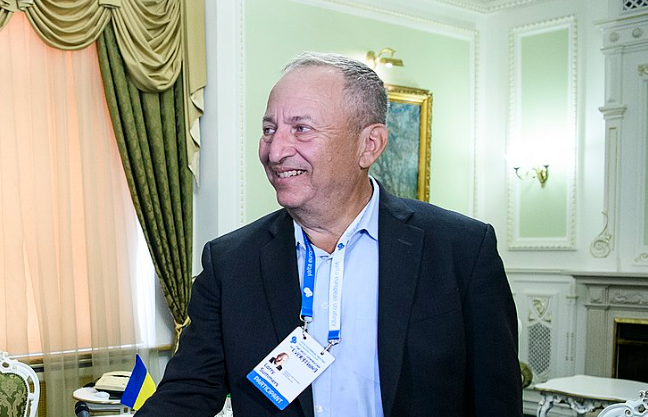Air India Crash Investigation Focuses on Pilot’s Calm as Co-Pilot Panicked Over Fuel Loss
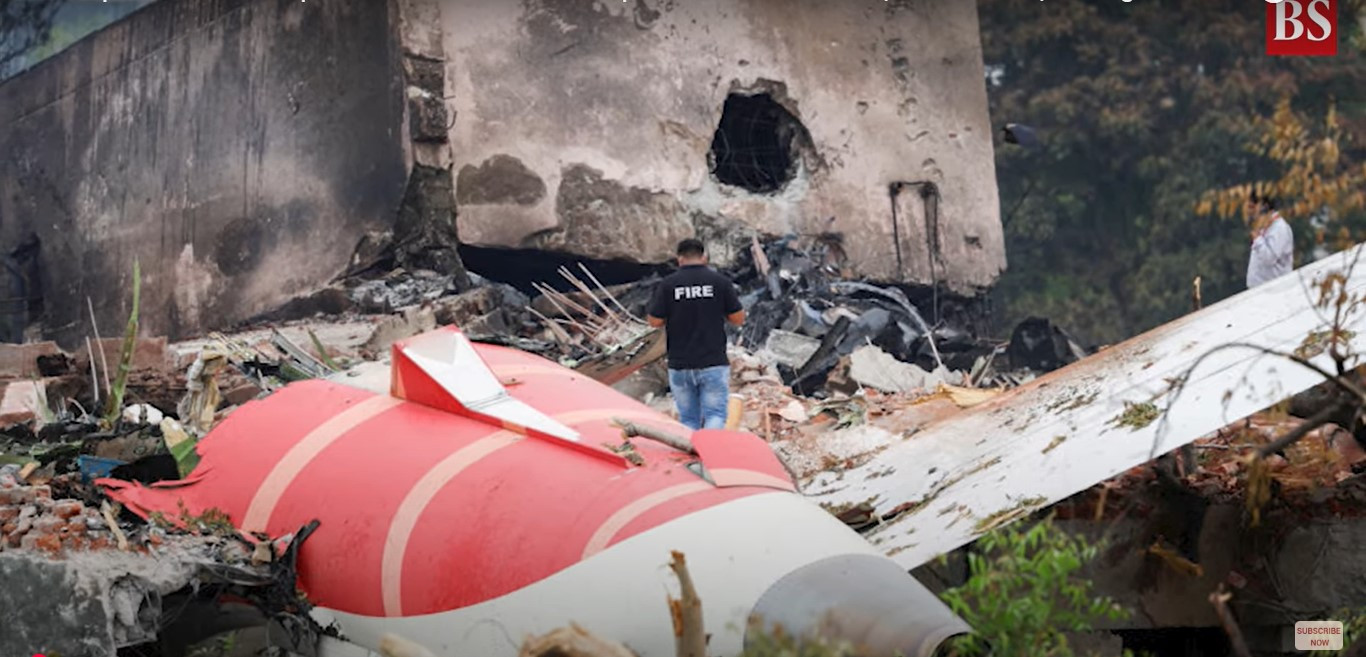
©️ Business Standard
The Air India Crash Investigation into the Flight 171 disaster is raising serious concerns about cockpit decisions moments before impact. Investigators are examining why Captain Sumeet Sabharwal remained calm as his co-pilot panicked over a sudden fuel loss that caused the engines to fail.
A crucial conversation captured on the black box points to human error behind the devastating crash.
Air India Crash Investigation Highlights Crew’s Split Reactions
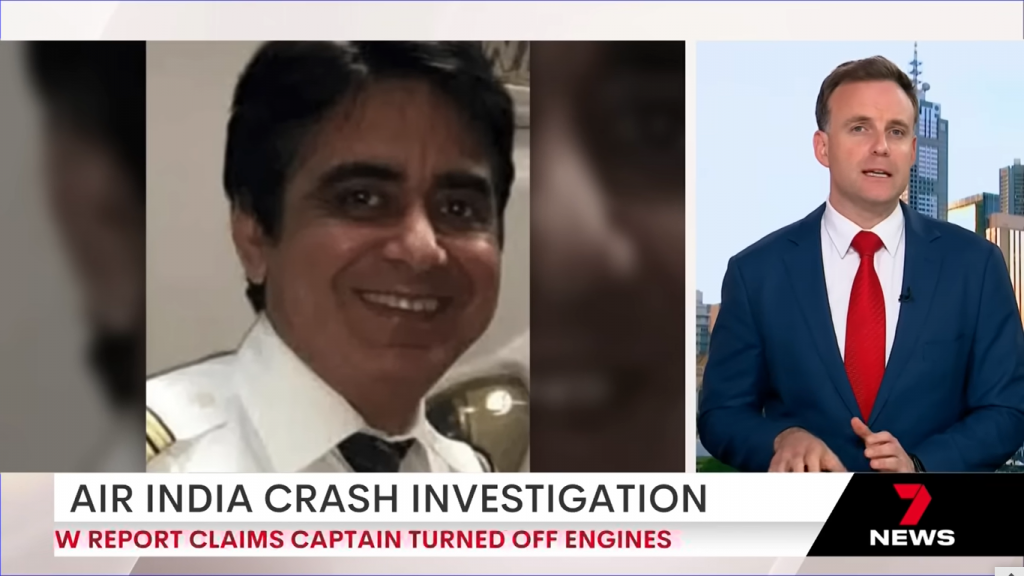
The crash, which killed 260 people including 19 on the ground, occurred shortly after takeoff on June 12 near Ahmedabad. Reports say the first officer, Clive Kunder, was flying the aircraft while the captain monitored the instruments.
According to a preliminary report, two fuel control switches were manually turned off seconds after takeoff. Each switch was flipped one second apart, cutting power to the engines.
The captain denied touching the switches, yet black box recordings suggest he may have turned them off himself. Investigators noted the switches had a locking mechanism, requiring a deliberate pull to disengage—making an accidental switch highly unlikely.
After the switches were flipped off, both pilots were heard arguing about who made the move. Ten seconds later, they turned the switches back on. By then, engine power had dropped too low for recovery.
The cockpit voice recorder captured this exchange: “Why did you cut off the fuel?” followed by “I did not do so.”
Mental Health Concerns Add to Pressure on Investigation
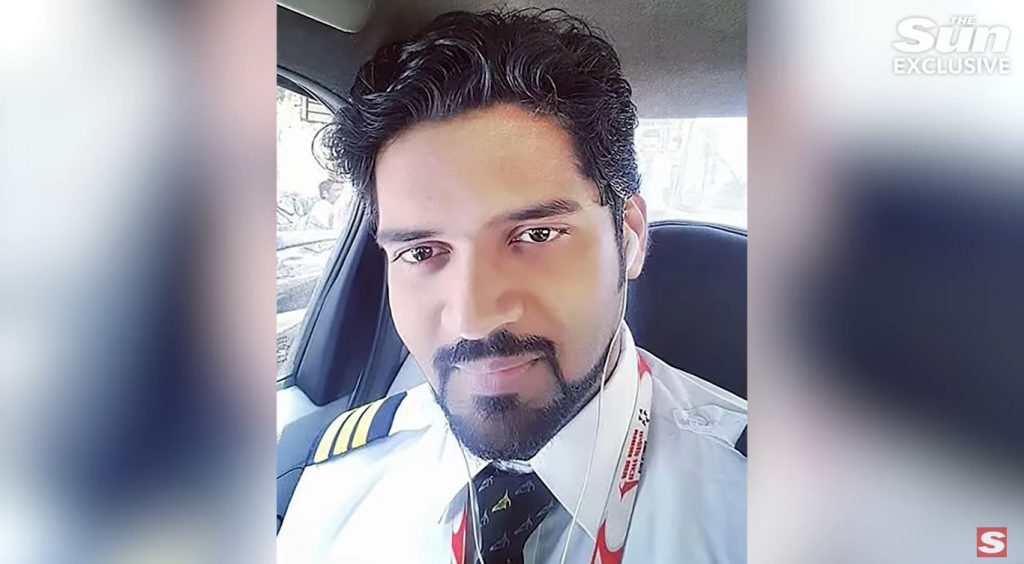
The Air India Crash Investigation has also turned to the pilots’ medical histories. Multiple sources, including Captain Mohan Ranganathan, claim Captain Sabharwal may have experienced depression in the years before the crash.
He had reportedly taken bereavement leave after his mother’s death. However, Air India confirmed both pilots passed medical exams and were cleared to fly.
Aviation experts argue the captain’s calm behavior during the fuel cutoff may suggest experience—or detachment. Meanwhile, the co-pilot, only 28, struggled to stabilize the Boeing 787 Dreamliner while managing critical systems. His flying hours exceeded 3,400, but experts believe he lacked the experience to deal with such a crisis.
The incident is now considered a potential pilot-induced crash, with no mechanical failure found in the fuel system or engine. Fuel samples tested clean, and no bird strikes or hazardous weather were reported.
Air India Crash Investigation Faces Backlash from Victims’ Families
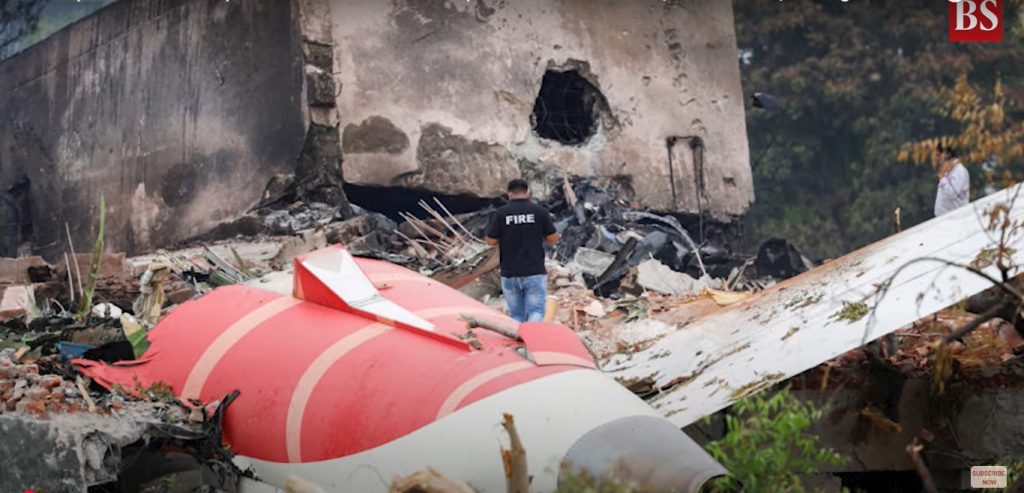
Relatives of the victims have strongly rejected the report’s findings. Some believe the airline and government are protecting themselves by blaming the dead pilots. They question how both fuel switches were turned off manually right after takeoff.
Ameen Siddiqui, who lost six family members, called the report a “cover-up.” He said it ignores accountability and mechanical inspection records.
You might also want to read: Trump Calls His Followers ‘Stupid Republicans’- Elon Musk Replies


